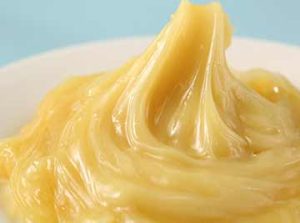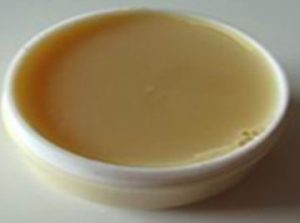Lanolin natural emollient Lanolin’s beneficial effects on the human skin and hair have been known and valued by humans for thousands of years.Lanolin is also used in lipsticks and eye make-up Lanolin emulsifying properties Because of the polar nature of its compounds, lanolin has powerful emulsifying properties. This means that it can bind high amounts of water by forming stable emulsions. By applying it to human skin as a cream or ointment, this moisture is distributed into the intercellular space of the stratum corneum, the outermost skin layer. To prevent the intercellular water from evaporation, lanolin lipids form a semi-occlusive film on the skin and create a protective barrier. The regained and stored moisture has a noticeable softening effect on the epidermis, as observed and confirmed by leading laboratories. Laolin natural all-rounder The emollient care effects of lanolin and its derivatives are harnessed in a wide range of:
· Skin creams (such as Nivea Crème, night creams, cold creams, barrier creams and vanishing creams) · Ointments · Sunscreen lotions. However, the complex composition of lanolin makes it a real natural all-rounder.
· In soaps it acts as a superfatting agent, minimising dehydration of the skin. · Lanolin oil is used as gloss-enhancing agent in lip glosses.
· In lipstick it can function as a crystal inhibitor.
· In shampoos and shower gels, as a conditioner.
· In hair waxes, as a naturally protective firming component
lanolin applications Lanolin is also widely used in:
· Foundation creams and other skin-cream products as an emulsifier, stabiliser, emollient and skin moisturiser.
· Oil-based skin lotions and cleansing oils as a skin moisturiser and to control viscosity.
· Toilet soaps as a superfatting agent, minimising the dehydrating effect of detergents, and to retain perfume.
· Aftershaves as a skin moisturiser and to control viscosity.
· Nail polish removers to prevent the defatting of the surrounding skin.


